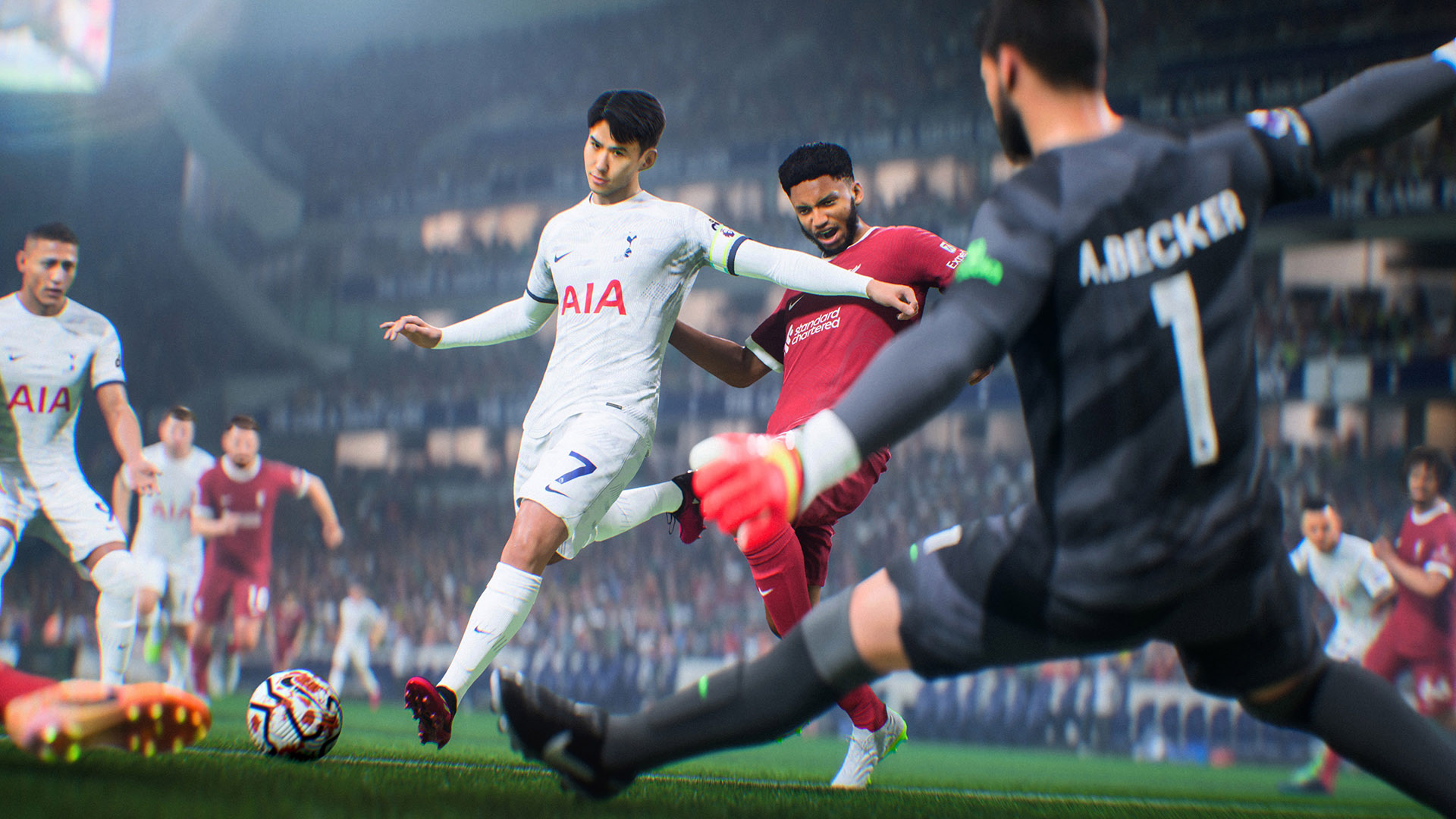If you’re a fan of football games then you’ll know how much of a buzz you get when the ball flies perfectly into the corner of the net. You’ll also know how frustrating it can be when you kick a ball, only for it to go way off course.
Believe it or not, there’s way more to football mechanics than you might think, with complex physics engines driving the pixels you see on the screen.
The Laws of Physics Represented Digitally
Football games often have very complex physics engines. They help to drive things like the velocity of a ball, the spin, and the momentum of the kicker. You also have things like wet grass, which can make it harder for a player to change direction as they run. Football game developers take things like this into account when creating new games, as it helps to add to the realism of what you see on the screen. There are, of course, some football games that don’t take physics into account at all, but still have complex game mechanics.

This would include Football Studio, an innovative casino game that’s available to play at game betting websites, like Virgin Games. You can place a bet on the home team, or the way team, within the game centered on a deck of cards. The highest value is victorious, but under the hood, complex algorithms dictate what card is drawn. When you add bonuses and other promotions to the game it’s not hard to see how fine-tuned games like this have to be, but at the same time, it’s what helps to make them so fun.
Artificial Intelligence and Game Mechanics
Football doesn’t come down to just physics. You also need to work to outsmart your opponent. Artificial intelligence has a huge part to play here, as football games like EA FC, formerly known as FIFA, often use NPCs to assess moves, before countering them. AI can also be used to help scan and construct players and their signature moves, which is also taken into account when building the game itself. If someone has a signature goal celebration or if they have a signature tackle, then that will impact the physics of the ball.
In FC, goalkeeper mechanics have gotten smarter over the years, with tuned parameters that influence the swerve, drag and air resistance of the ball. Rolling friction is another mechanic, which when used with AI, helps to ensure that the lighting-fast reflexes of real players are perfectly replicated.

You also have FC’s explosive sprint, a mechanic which is used during one-on-one situations. AI is used in combination with this, to ensure that speed and ball movement are accurate and adjusted in real-time to the person who is playing the game.
There’s a fine line to walk here, too. While hardcore football fans may love a hyper-realistic game, fans who are more interested in fun may find them overly complex and difficult to work with. Sometimes, having a ball fly into the back of the net, even if that’s not what would have happened in a real-life situation, can add to the excitement of a game. This helps to make for a more entertaining experience for football fans, and it also encourages people to make big plays in-game.
All in all, game mechanics have a huge part to play in football games, and it’s not hard to see why they’re so talked about when new releases hit the market. For football fans, new game mechanics are an exciting concept, as it allows them to experiment with real-life physics, in a fun and virtual setting.
 FIFA Infinity The Absolute FIFA Site
FIFA Infinity The Absolute FIFA Site




